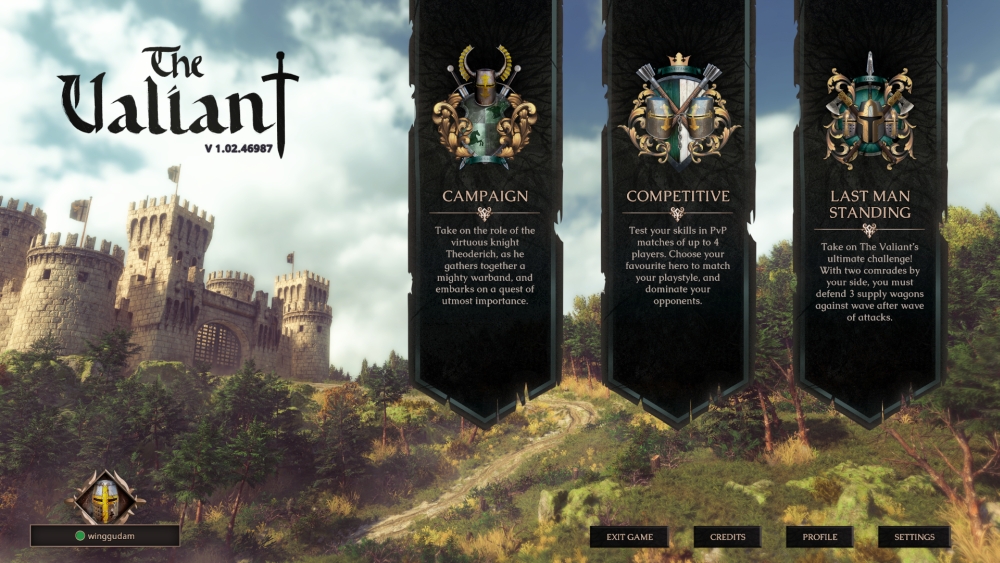The squad-based RTS subgenre is such a tiny niche that it is nearly never recognised as such, often lumped under the larger RTS umbrella. It’s also sometimes referred to as real-time tactics (RTT), to denote the smaller scale compared to conventional RTS. Despite this, the subgenre has a couple of standouts, such as Company of Heroes and Dawn of War II, both made by Relic Entertainment. Hoping to leave a mark on the map is The Valiant, made by Kite Games and published by THQ Nordic.
To start, I should probably mention up front that squad-based RTS titles are not my cup of tea. The aforementioned Company of Heroes, regarded by some as the best example of the subgenre, I found middling at best. And as someone who loved Dawn of War and all its expansions, I absolutely loathed its immediate sequel, which to my surprise, looks to be pretty beloved by the internet.
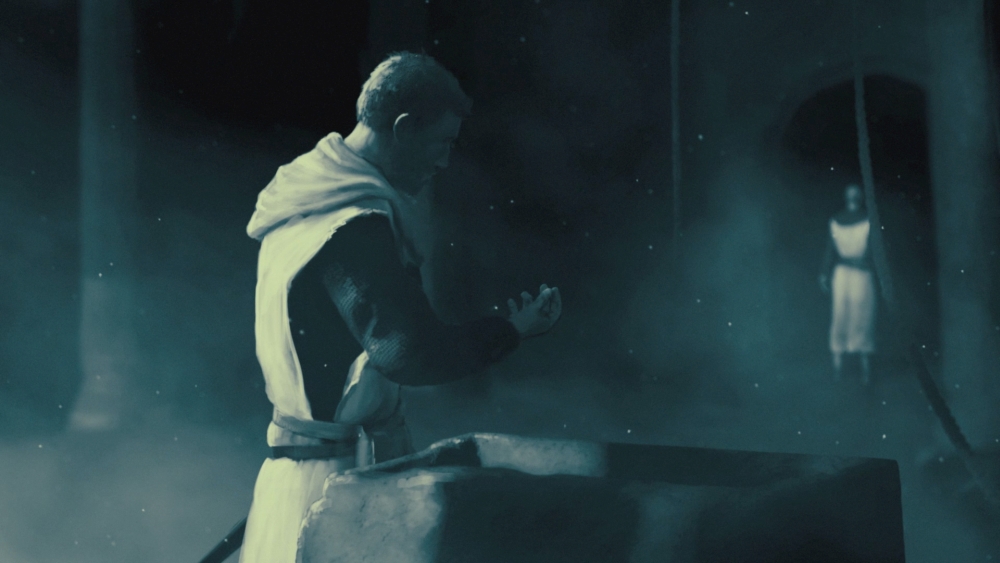
With that in mind, you should definitely take what I have to day about The Valiant with a pinch of salt. Because as someone who doesn’t much enjoy the genre, I find the game to be, pardon the easy wordplay, a valiant effort. The result, though, leaves room for improvement.
Story beat is familiar if you’ve played Assassin’s Creed
Let’s start from the top. The Valiant tells the story of a knight called Theoderich, and his quest to stop a fellow knight who has gone mad following a discovery of an artifact during the Third Crusade. Along the way, you’ll also add other Heroes to your party, each representing their individual unit archetypes. In typical squad RTS fashion, the number of squads you can recruit at a time is limited, with a maximum of up to seven at a time throughout the main campaign.
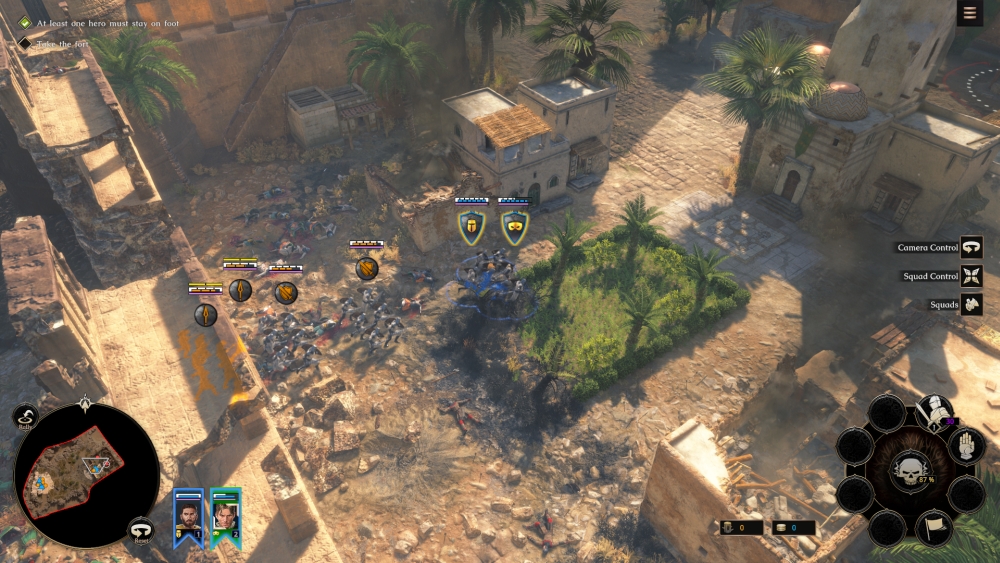
On the surface, all of this sounds well and good. The premise of The Valiant will sound familiar if you’re acquainted with the Assassin’s Creed series, which is not a bad thing in and of itself. Presentation is simple as well. There are very little fancy cutscenes, with mid-mission ones usually done using in-game graphics. But for the most part, your post-mission exposition is done via diary entries. None of this is bad per se, especially for a game that doesn’t have the multi-million AAA budget. But combined with the very familiar story beat, and it gets old pretty fast.
Making this bearable is the voice acting, which is a fair bit better than the plot of the game itself. There’s some replay value to some missions as well, since you get different reactions to plot developments depending on which hero character you picked for your party, and which one reaches the dialogue trigger points first. Music is passable, but it fits the gameplay moments well enough.
Standard squad RTS fare, with quality-of-life issues
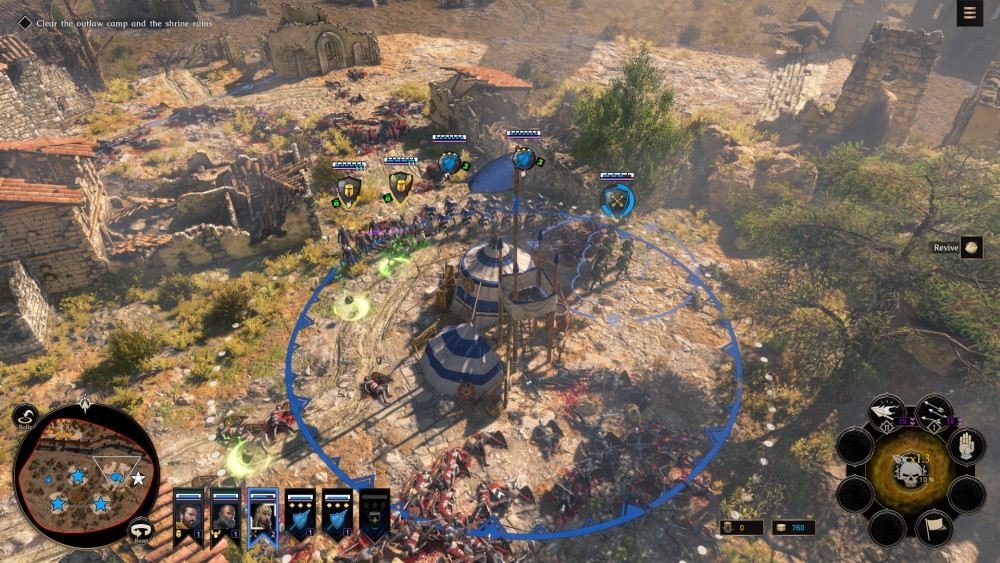
Gameplay of The Valiant is about your standard squad RTS fare, but with a number of quality-of-life issues. For one, you have to manually bring your squads to replenishment camps to get them healed and topped up in numbers. Using the retreat command, or just having your units hanging around in the vicinity of the camps does nothing. Which doesn’t make sense when the only reason you want your units near the camps is to have their health and numbers replenished.
Another severe quality-of-life limitation is the ability to assign a unit to more than one control group. As RTS players can probably attest, at times you want all of your units to move as one uniform platoon. Then when you engage the enemy, you order specific squads to perform their specific duties. However, since units can only be assigned to one control group, you have to click on each individual squad before assigning them their target if you already have everyone assigned to one large control group. You can’t even set a default marching formation either, and you have to set one every time you get your platoon to move.
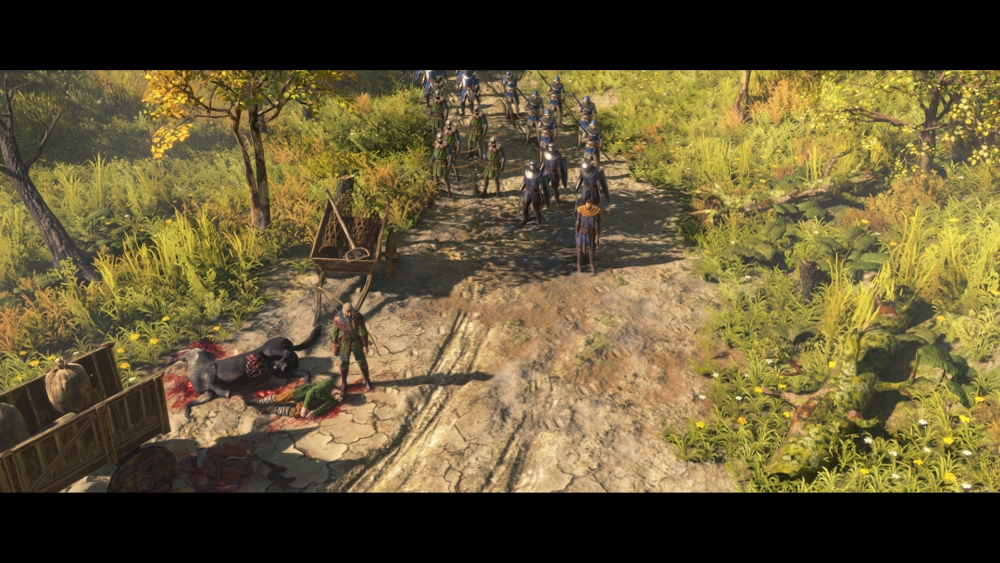
The retreat command has its own issues too. On one hand, it’s understandable that you completely lose control over your units as doing so completely disengages them from the enemy. But this is problematic when your units retreat into a dead end, effectively backing themselves into a corner and waiting for a slow and painful death.
Units also move the fastest when they are retreating, but you can’t use this to tactically retreat and put distance between you and opponent units. After all, you completely lose control of your units until they have retreated a fair distance from the nearest enemy. This is especially aggravating for cavalry units as they are most useful when they ram into enemy squads, disengage, and repeat the process. And while they are within engagement range, they slow down to a crawl, making disengaging and ramming, their core strategy, aggravating to try frequently.
Squad classes with a rock-paper-scissors dynamic
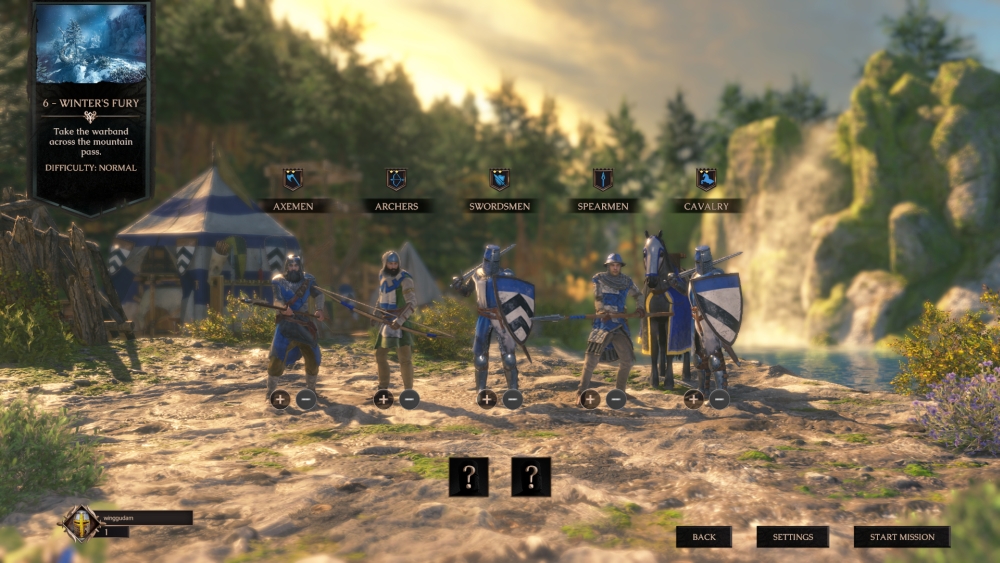 Speaking of cavalry, let’s go over the classes of squads available in The Valiant and the rock-paper-scissors dynamic they have with each other. Theoderich himself is of the Swordsman class, the first kind of unit you have. Once the introductory missions are over, you get access to Archers, and the class’ associated Hero character, who also represents the Crossbowmen archetype that you get much later in the story.
Speaking of cavalry, let’s go over the classes of squads available in The Valiant and the rock-paper-scissors dynamic they have with each other. Theoderich himself is of the Swordsman class, the first kind of unit you have. Once the introductory missions are over, you get access to Archers, and the class’ associated Hero character, who also represents the Crossbowmen archetype that you get much later in the story.
You will then unlock Cavalry units, Spearmen, Axemen, and Shieldbearers, mostly in that order. Each also has a skill that they can use that corresponds to their archetype. You also unlock their respective Heroes in a staggered manner, with some representing more than one archetype themselves.
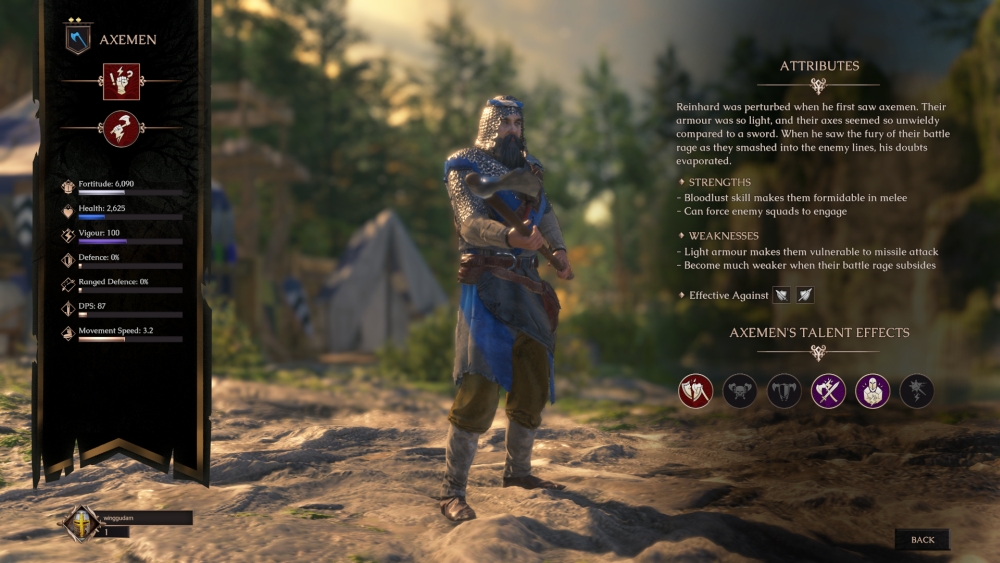
There are some overlaps, like the Swordsmen and Axemen being the heavily- and lightly armoured versions of each other, respectively. Ditto Shieldbearers and Spearmen. Archers are generally effective againts lightly armoured units, while Crossbowmen are effective against heavily armoured ones, at the cost of some range. Cavalry are good against ranged units, but they are in turn weak against Spearmen and Shieldbearers.
With the number of squads you can bring to each mission limited to between four and seven for the singleplayer campaign, you’ll have to pick your units carefully. Sometimes, this involves going into a mission with the most well-rounded team possible, seeing that it doesn’t work with the enemy army’s distribution of units, and restarting the mission with a better composition to counter the CPU.
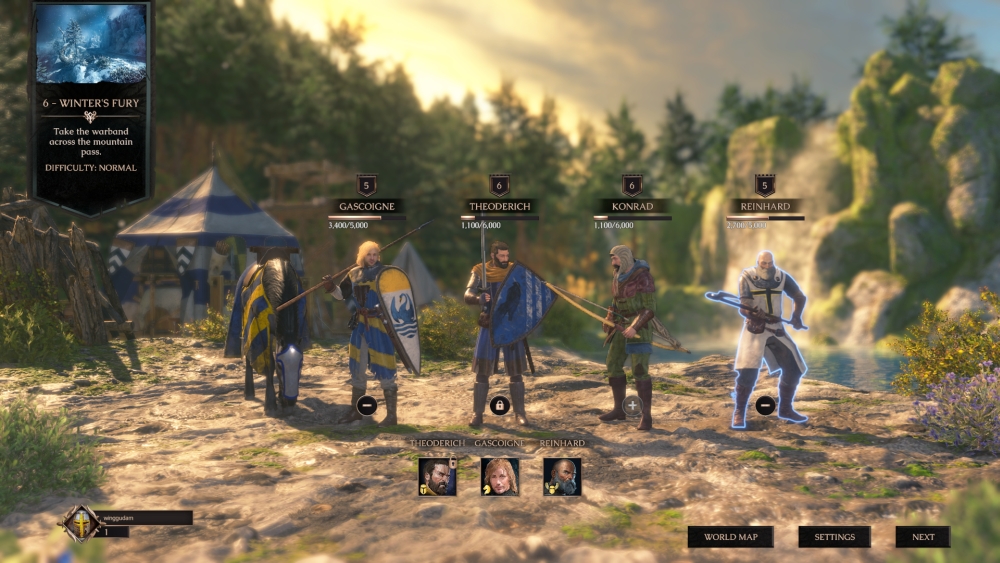
For example, you’ll notice that most missions won’t have enemy crossbowmen, so it’s safer to take armoured versions of units, i.e. Swordsmen and Shieldbearers. And despite the high number of enemy Archer squads, taking a cavalry unit that’s not the Hero representative is not worth it because there are usually three Spearmen squads for every two Archer squads the CPU has.
Being outnumbered limits rock-paper-scissors dynamic application
And since every mission sees you being outnumbered by at least three-to-one, there’s a lot of painful micromanaging. Often, you see two enemy Cavalry squads charging your Archer squad, so you pull your Spearmen to engage the enemy Cavalry, only to see them getting obliterated by enemy Archers instead. You then sic your own Cavalry squad on the enemy Archers, only to see three Spearmen squads protecting them.
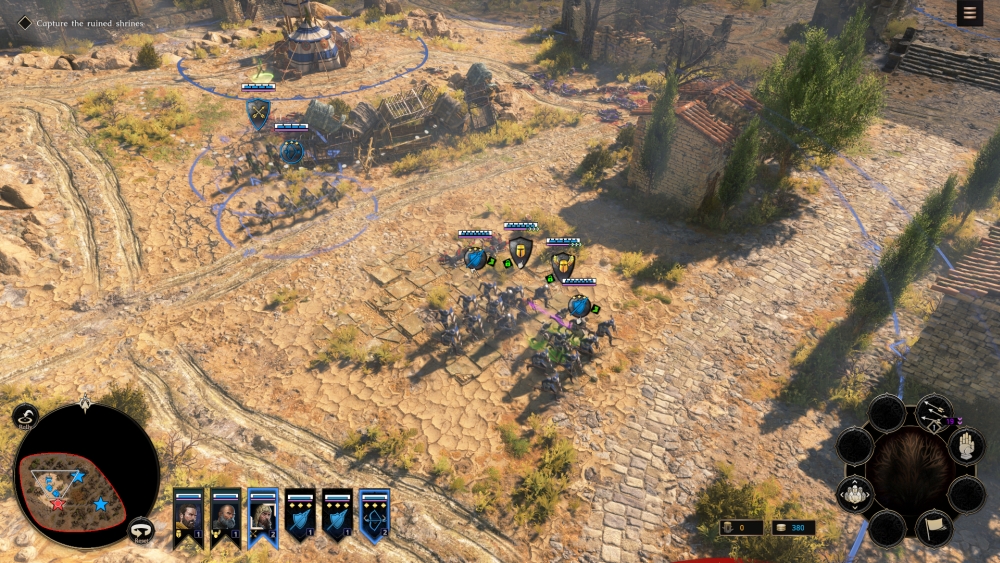
There’s also the disparity between Hero units and their generic counterparts. Typically, a Hero unit can take up to about three times the punishment as a regular unit can. But you can’t just fill up your limited squad number with Hero units, as most missions see you being limited to only three, with Teoderich being a mandatory character to take all the time. Hero units also often have an additional skill to use, giving them more versatility.
Finally, we get to enemy boss characters. In addition to having to deal with being outnumbered all the time, enemy bosses also have bloated health figures, easily twice as much as your toughest Hero. Some even have multiple health bars, stretching out battles for no apparent reason.
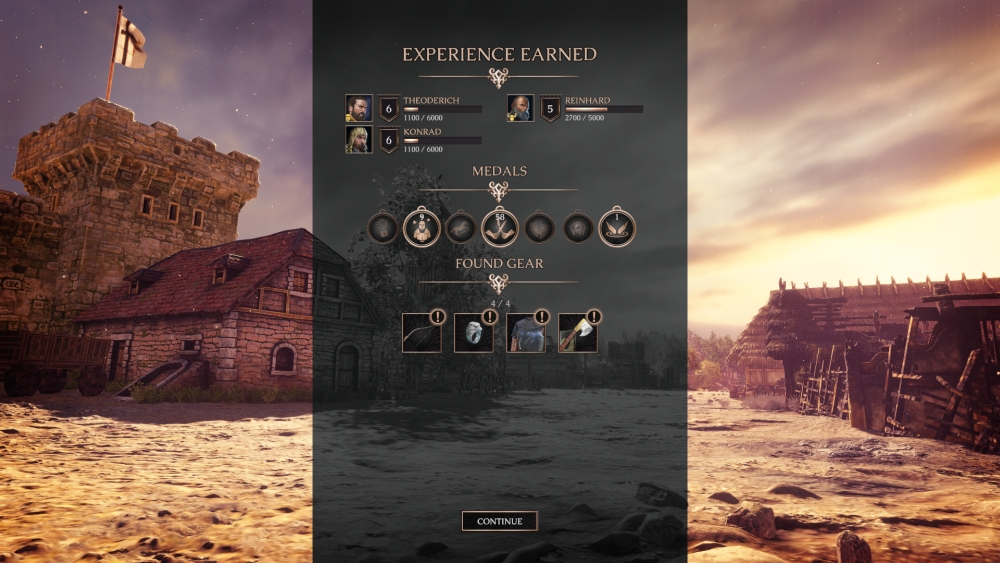
To sum it all up, The Valiant has a basic story driving it, a pretty good voice acting cast supporting the story, and passable soundtrack to accompany it all. However, its gameplay definitely has issues, especially in terms of balance, quality-of-life features, and just the sheer tedium of many of the singleplayer campaign missions. With all that in mind, an asking price of RM79 on Steam still feels like tough sell, even if it’s cheaper than the average game. But, seeing as I’m in the minority as someone who did not like Dawn of War II, your mileage may vary.
Follow us on Instagram, Facebook, Twitter or Telegram for more updates and breaking news.

